16 Types of Dischidia Succulents (With Pictures)
Welcome, succulent enthusiasts! Today, we embark on a botanical journey through the fascinating world of Dischidia succulents, exploring the diverse range of Dischidia varieties and types. In this blog, we will introduce you to sixteen stunning varieties that will surely grab your attention.
Join us on a visual journey as we showcase each Dischidia succulent through vibrant pictures. Along the way, we’ll provide you with interesting insights about their unique characteristics and quirks. By the end of this adventure, you’ll be itching to add these remarkable Dischidia types to your very own succulent garden.
Contents
- 1 Types of Dischidia Plants
- 1.1 Dischidia angustifolia
- 1.2 Dischidia astephana
- 1.3 Dischidia bengalensis
- 1.4 Dischidia chinensis
- 1.5 Dischidia formosana
- 1.6 Dischidia hirsuta
- 1.7 Dischidia imbricata
- 1.8 Dischidia major
- 1.9 Dischidia nummularia (String of Nickles)
- 1.10 Dischidia oiantha
- 1.11 Dischidia ovata
- 1.12 Dischidia pectenoides
- 1.13 Dischidia platyphylla
- 1.14 Dischidia puberula
- 1.15 Dischidia rafflesiana
- 1.16 Dischidia ruscifolia (Million Hearts)
- 2 How to Grow and Care for Dischidia
- 3 How to Propagate Dischidia
- 4 FAQs
Types of Dischidia Plants
Let’s dive into the enchanting world of Dischidia succulents together and explore the unique characteristics of different Dischidia varieties.
Dischidia angustifolia
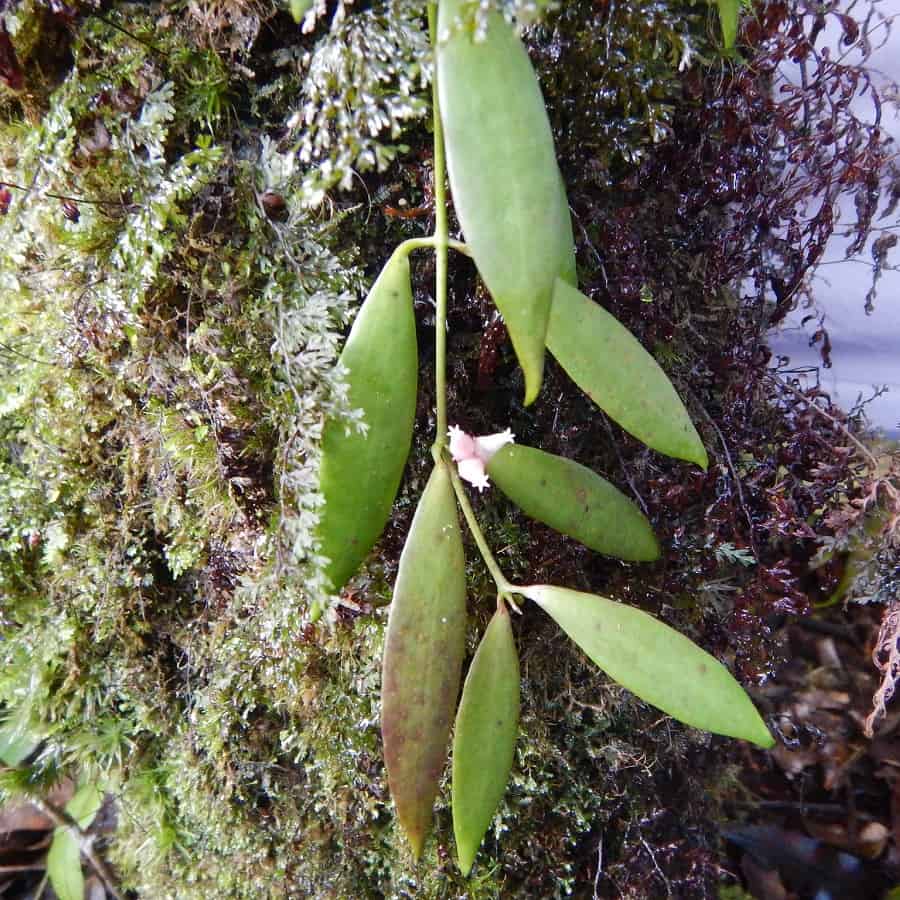
Meet the slender and elegant Dischidia angustifolia, one of the captivating Dischidia varieties that will surely grab your attention. With its long, narrow leaves that resemble green ribbons, it adds a touch of grace to any succulent collection. This beauty demands attention with its unique foliage that seems to dance in the sunlight.
Dischidia astephana
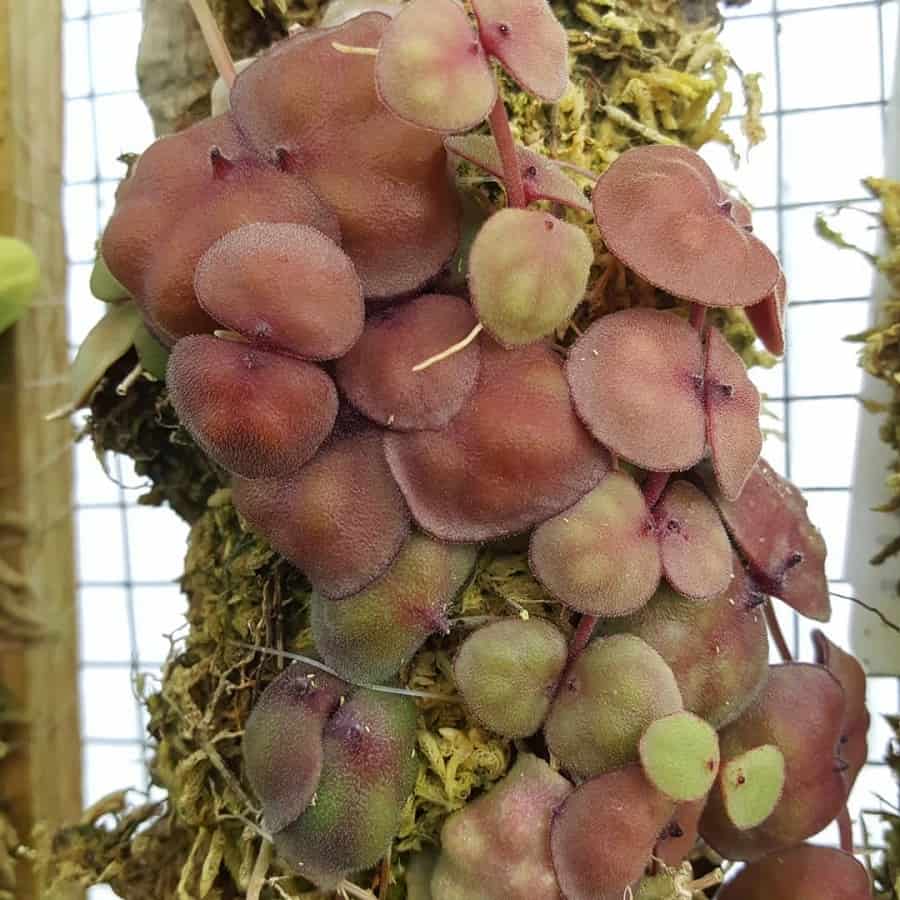
Prepare to be mesmerized by the charming Dischidia astephana. Its velvety leaves, marked with intricate veins, create a delicate and captivating display. This succulent is a true work of art, bringing a touch of sophistication wherever it grows.
Dischidia bengalensis
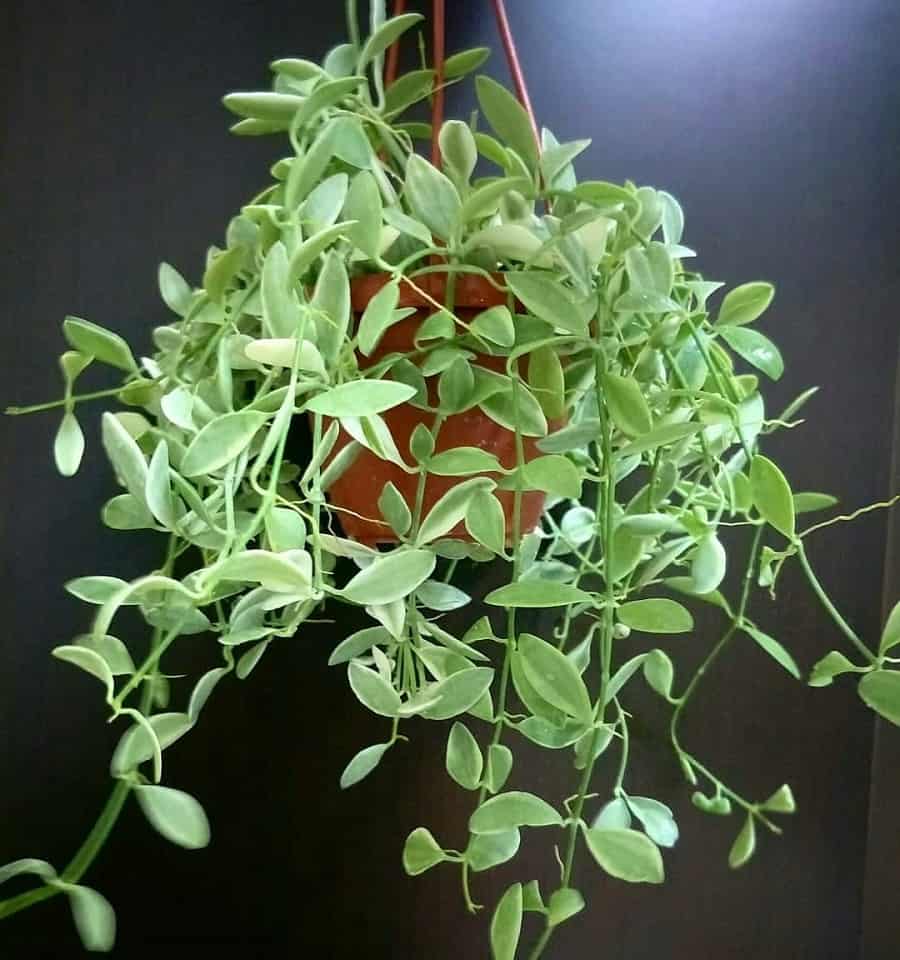
Make way for the Dischidia bengalensis, a succulent that delights with its tiny leaf clusters resembling miniature boats. Unique and eye-catching, this plant will transport you to a world of botanical wonder. Its compact size makes it a perfect addition to small spaces.
Dischidia chinensis
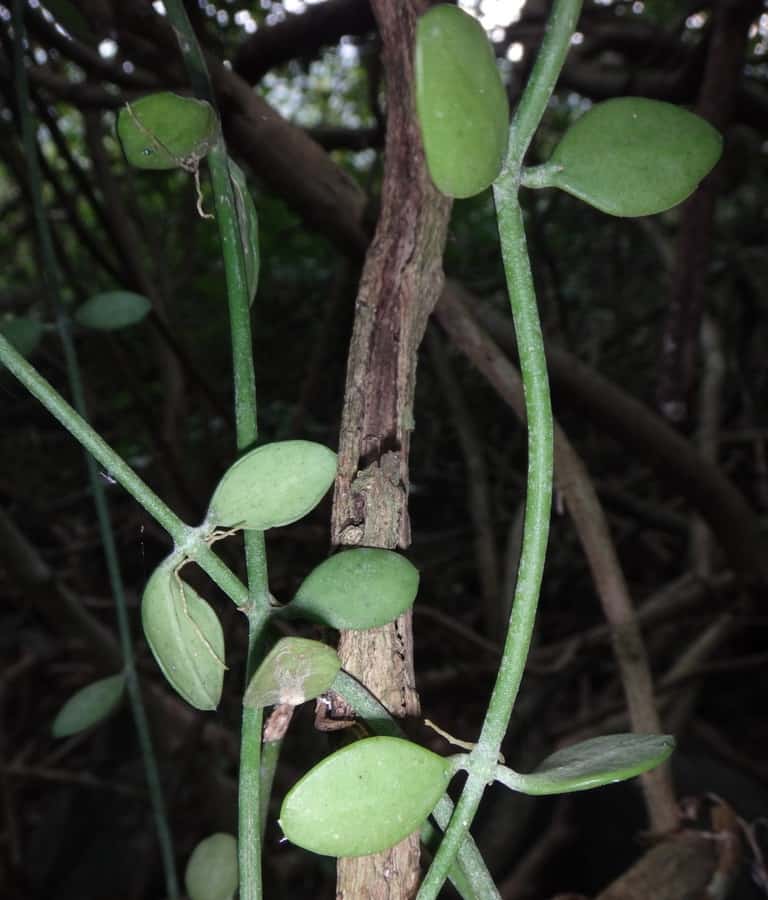
Introducing the Dischidia chinensis, a succulent that masters the art of adaptation. With its small leaves that clasp around objects, it’s a true botanical survivor. A hint of greenery, a touch of tenacity—this succulent is a testament to the resilience of nature.
Dischidia formosana

Behold the beauty of Dischidia formosana! This succulent showcases teardrop-shaped leaves that glisten like precious gems. Its unique appearance gives off an air of elegance, making it an eye-catching addition to any succulent collection.
Dischidia hirsuta
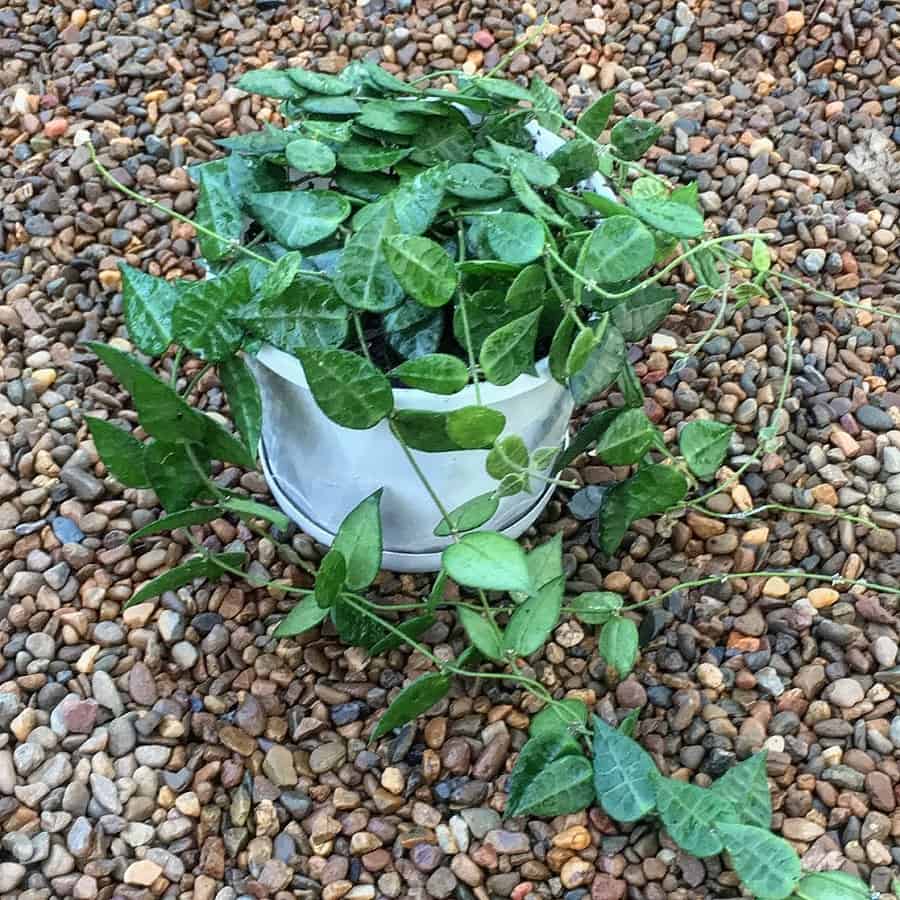
Get ready to fall in love with the Dischidia hirsuta, one of the unique Dischidia types. With its fuzzy, velvety leaves, this succulent feels as soft as it looks. Prepare to be captivated by its charming and textured foliage, adding a tactile element to your succulent garden.
Dischidia imbricata
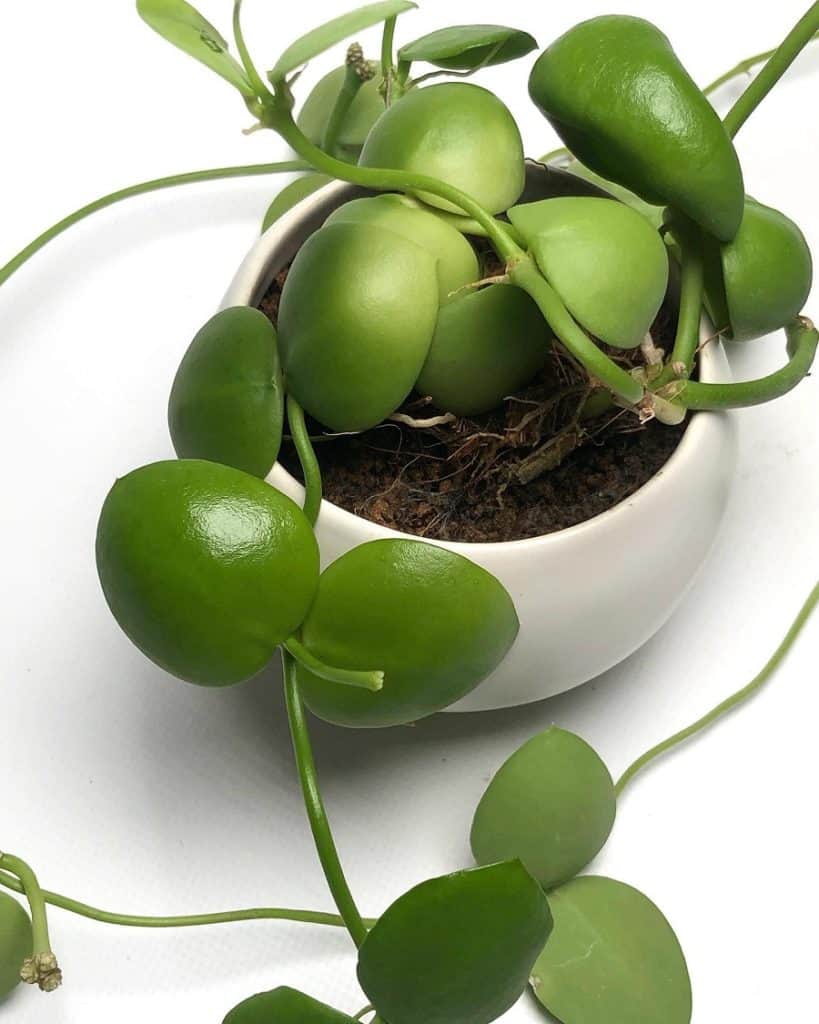
The Dischidia imbricata is a succulent that commands attention with its tightly overlapping leaves. Resembling a sea creature, its unique form creates a visual spectacle. Display this wonder of nature proudly and let its intricate pattern be the highlight of your succulent collection.
Dischidia major
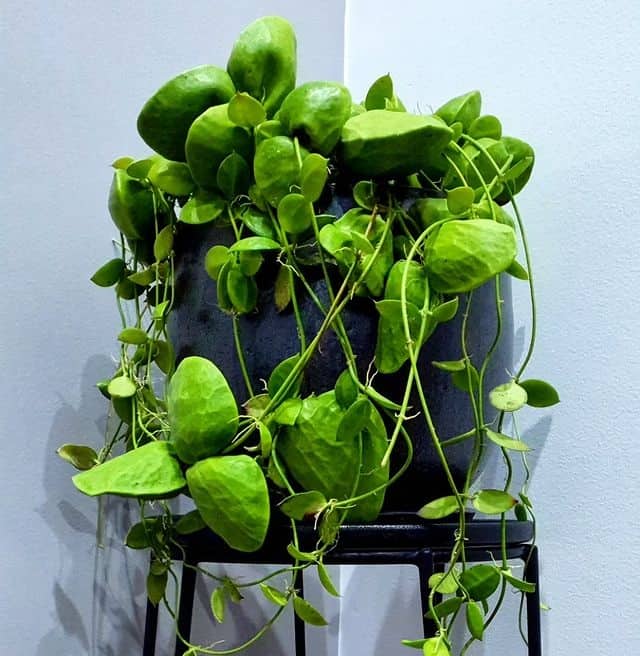
Meet the Dischidia major, a succulent that boasts broad and rounded leaves. This plant stands out with its sturdy appearance and vibrant green color, adding a touch of lushness to any space. Its strong presence is sure to make a statement in your succulent garden.
Dischidia nummularia (String of Nickles)

Let’s welcome the charming Dischidia nummularia, also known as the “String of Nickles.” Its round, succulent leaves cascade down like a string of coins, adding a playful and whimsical touch to your indoor or outdoor areas. It’s a delightful addition that brings joy wherever it grows.
Dischidia oiantha
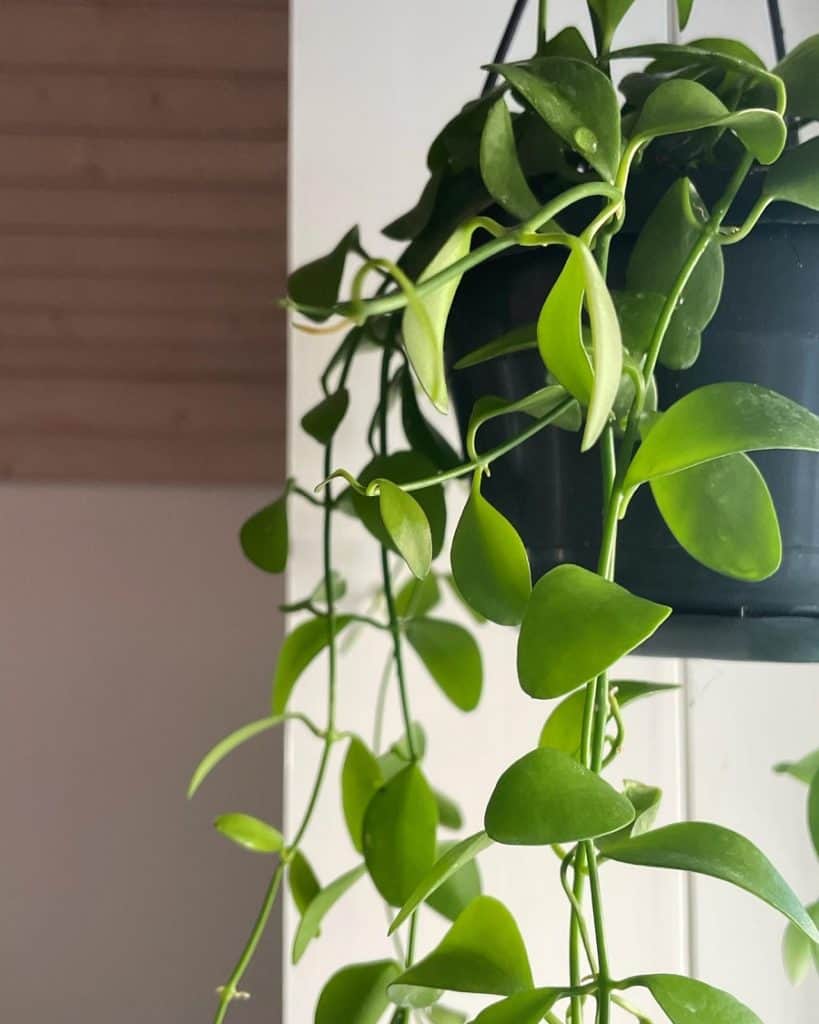
Introducing the alluring Dischidia oiantha. With its heart-shaped leaves and intricate patterns, it effortlessly captures attention. This succulent exudes an air of romance, making it a perfect choice for those seeking a touch of natural beauty.
Dischidia ovata

Prepare to be enchanted by the Dischidia ovata. Its glossy, oval-shaped leaves shimmer under the sunlight, creating a mesmerizing effect. With its compact size and lovely foliage, this succulent is perfect for adding a touch of elegance to any indoor space.
Dischidia pectenoides
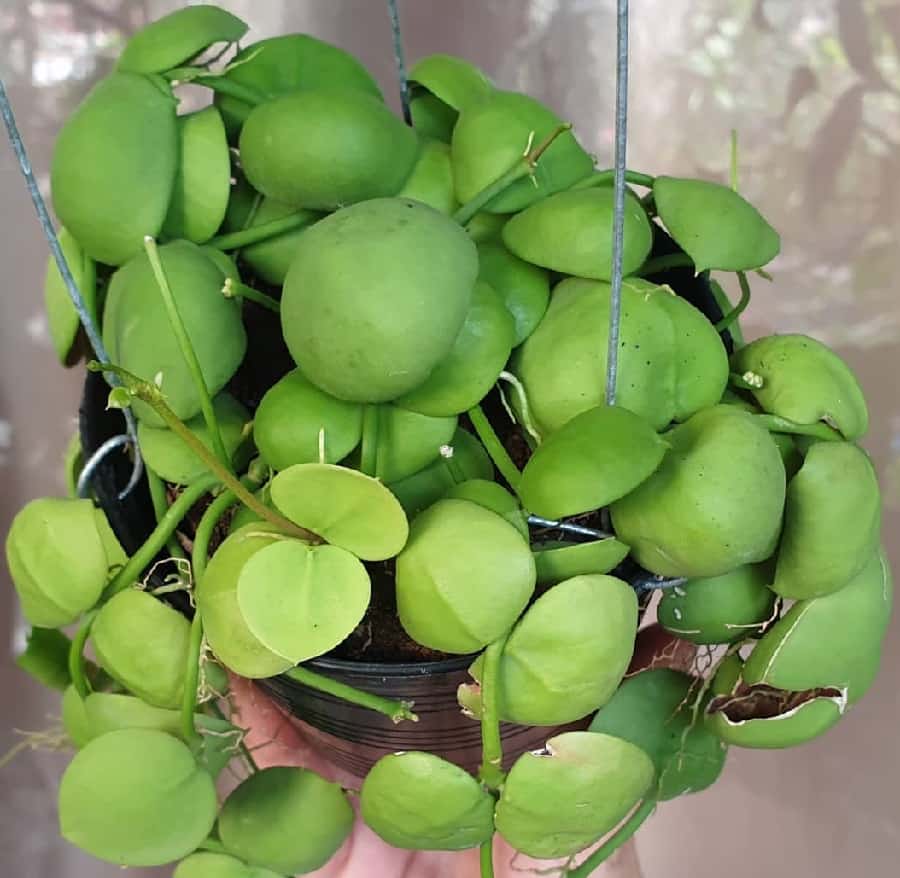
Hold your breath and prepare to be amazed by the Dischidia pectenoides. With its feathery leaves resembling a delicate fan, it brings a touch of whimsy to any succulent arrangement. Its unique texture and graceful appearance make it a true standout in any collection.
Dischidia platyphylla

Enter into the presence of the Dischidia platyphylla, a succulent that commands attention with its large, flat leaves. This beauty showcases a vibrant green color and a distinct shape, exuding a bold and architectural vibe. Let it take center stage in your succulent display.
Dischidia puberula
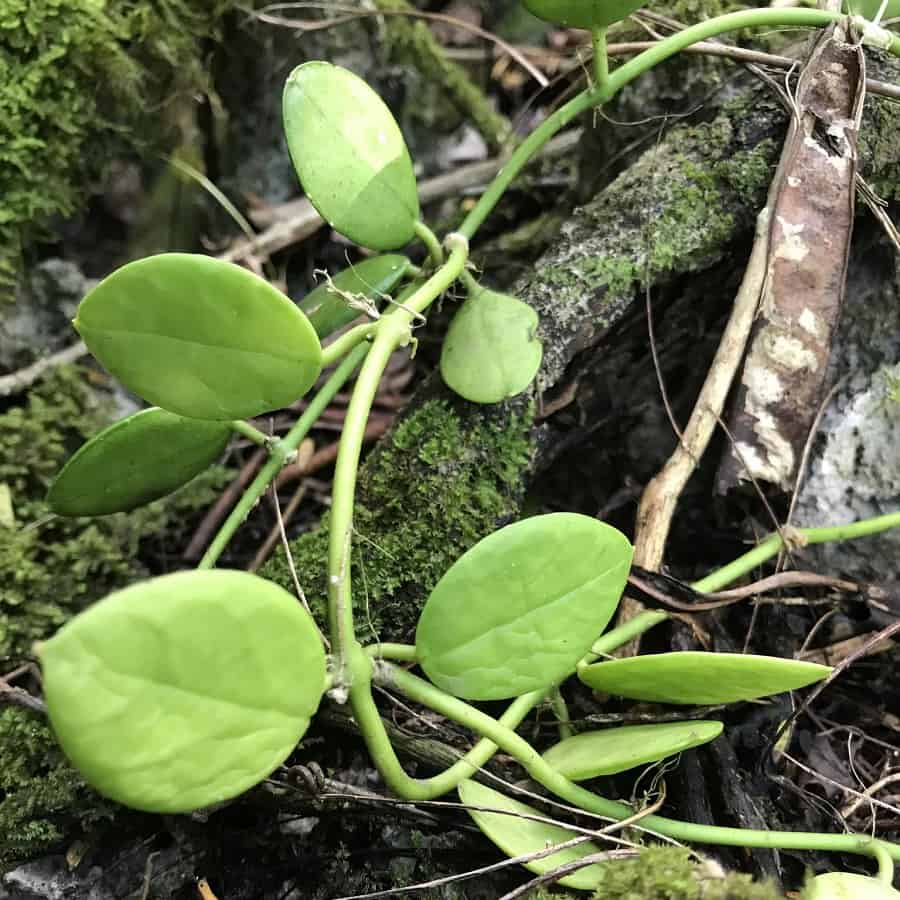
Say hello to the Dischidia puberula, a succulent adorned with velvety leaves that have a touch of downy fuzz. Its soft texture and alluring appearance create a tactile and visual treat. Prepare to be smitten by this charming and inviting succulent.
Dischidia rafflesiana
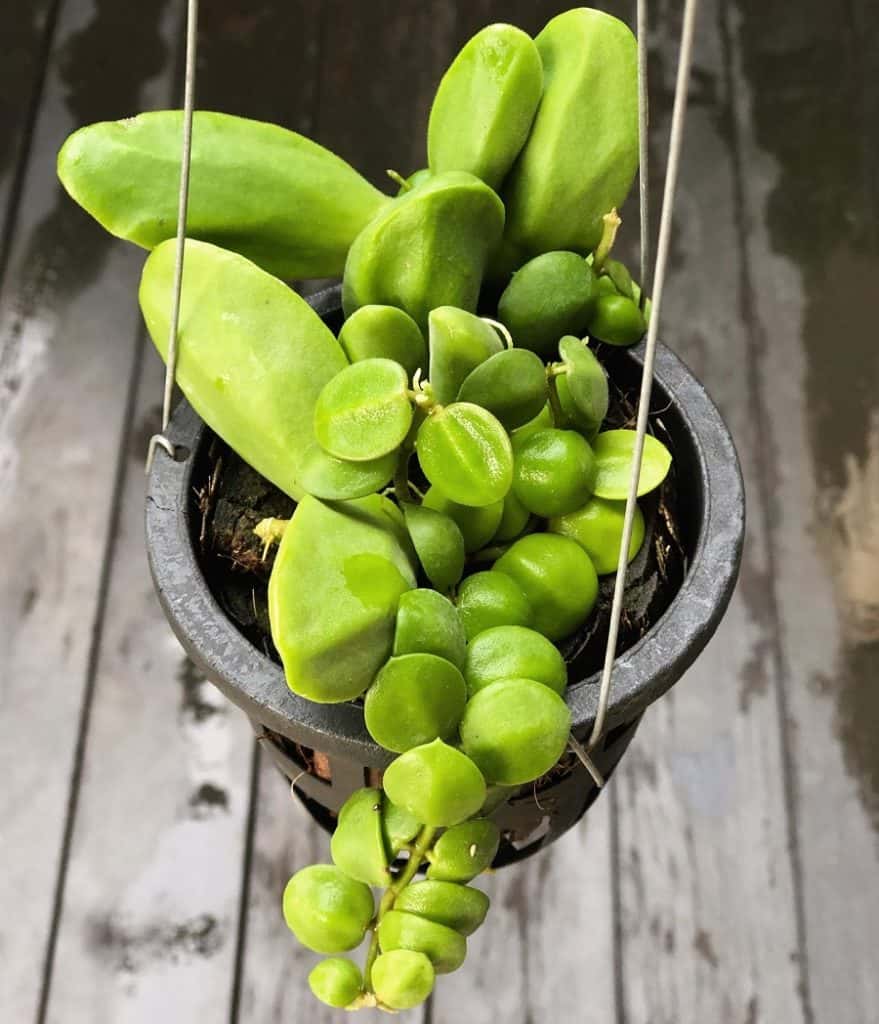
Experience the wonder of the Dischidia rafflesiana, a succulent that offers an enlightening spectacle. Its elongated leaves feature translucent windows that allow light to pass through, creating an ethereal and otherworldly effect. This plant truly embodies the mysterious and captivating nature of succulents.
Dischidia ruscifolia (Million Hearts)
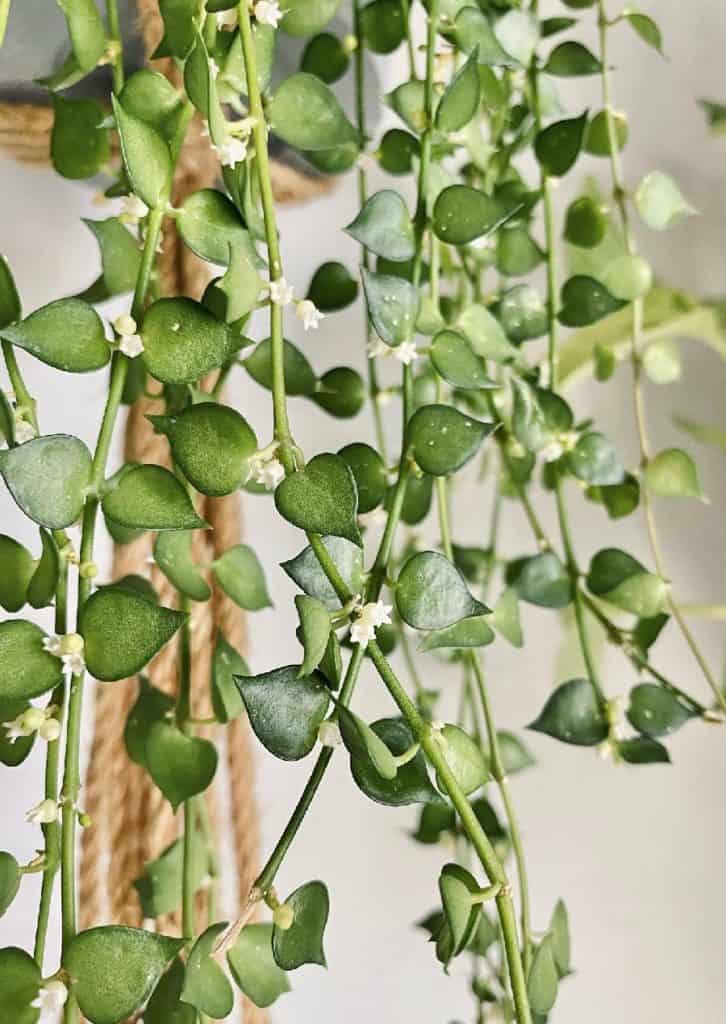
Last but not least, we have the Dischidia ruscifolia, also known as “Million Hearts.” With its petite, heart-shaped leaves that densely cover cascading vines, it grants your garden a lush and green curtain of beauty. This succulent will steal millions of hearts with its delicate charm.
How to Grow and Care for Dischidia
Growing and caring for Dischidia succulents may seem like a big task, but it’s actually quite manageable. Like any other plant, they have specific requirements, but don’t worry, it’s nothing too complicated. Let’s walk you through the essentials to bring these beautiful plants into your home.
Light
Dischidias prefer medium to bright light, but be careful not to expose them to direct, intense sunlight, as it can scorch their leaves. In places with northern climates, direct sunlight works fine since it’s not too harsh. However, in areas with southern climates, filtered light is best for Dischidias.
Watering
These succulents thrive in humid environments, so make sure to mist them regularly to keep their leaves hydrated. Watering is also crucial to keep the soil moist and well-drained.
Since Dischidias are naturally epiphytic, meaning they grow on trees, they are prone to drying out between waterings. Therefore, it’s essential to water them regularly.
Soil
When it comes to soil, loose potting mix like orchid bark mix or coco husk chips is perfect for Dischidias. Regular potting mix won’t do the trick because these plants have different needs. They naturally cling to trees and do well with the bark of trees. That’s why they are often called air plants.
Fertilizing
Occasionally, you can use a good fertilizer for your Dischidias. Dilute the fertilizer with water and spray it directly on the leaves for the best results.
Springtime is the optimal season for fertilizing, but you should stop by September. Applying fertilizer every four weeks during the growing season is typically ideal.
Remember, these plants don’t require heavy fertilization, but it’s crucial to change the potting mix each year.
Climate
Dischidia succulents prefer areas with low light, ideally under a canopy of dense leaves or trees. They won’t thrive in hot climates or areas with intense sunlight exposure for 6-8 hours a day.
How to Propagate Dischidia
Propagating Dischidia succulents is a breeze, and you can turn a single cutting into a thriving plant with lush leaves. To start, carefully cut the lower part of the plant from the stem. Make sure to wear gloves during this process because Dischidias produce a milky white substance that can cause itching. Afterward, wash your hands thoroughly with soap.
Next, place the cutting in a vase filled with water. Within a few weeks, you’ll notice roots starting to emerge from the cutting. Once these roots have grown, it’s time to transfer the plant to a pot filled with Dischidia-friendly potting mix.
FAQs
Though these plants are easy to grow, people tend to have several questions while toying with the idea of getting them home. Here are a few of these questions curated just for you!
Is Dischidia an Indoor Plant?
A well-drained potting mix and mild to bright light are the key requirements of the Dischidia plant. The fact that they look beautiful makes people hang them on their balconies.
However, if you can ensure the right soil and lighting requirements indoors, you can also treat the Dischidia as an indoor plant.
Is Dischidia a Succulent?
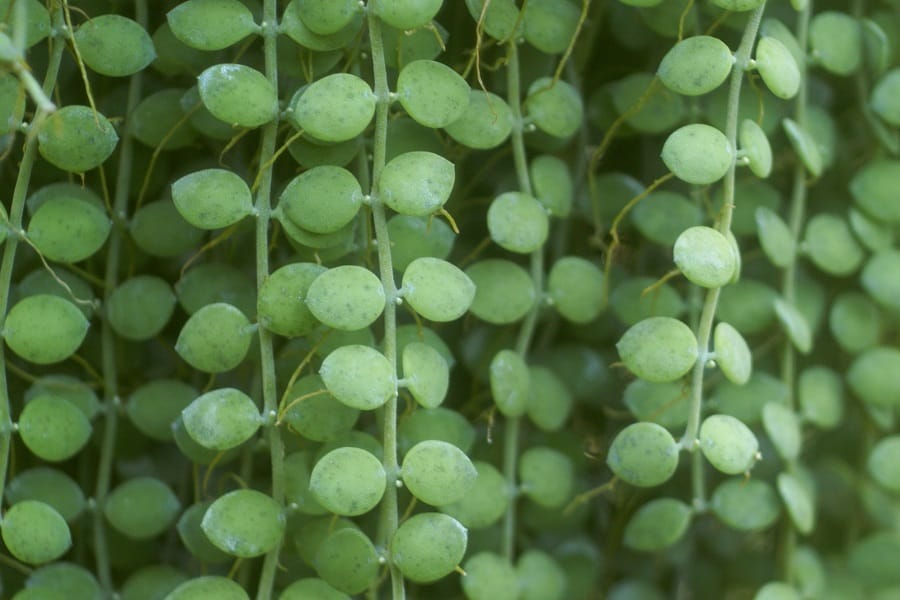
Dischidias can be called an epiphytic tropical succulent plant. They love to grow on the support of tree branches and barks. The stems of the trees meet the nutrition and water needs of the succulent.
Though it is primarily a hanging plant, many people also like to grow it in a terrarium that is most commonly used for succulents.
Why Is My Dischidia Yellow?
Lack of proper care and lack of nutrition in the Dischidia plant may render it yellow and lifeless. These include a potting mix that doesn’t drain well and is moist and soggy or overwatering or underwatering.
Too much water can lead to rot in the roots of the plant thereby rendering its leaves yellow and disheveled.
If you notice this, you must immediately inspect the roots of the plant by taking them out of the potting mix. If you notice a yellow tinge to the roots, you can be relieved, but if they are brown and moist, these are signs of rot that must immediately be dealt with.
